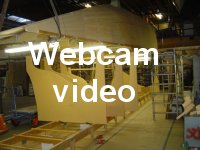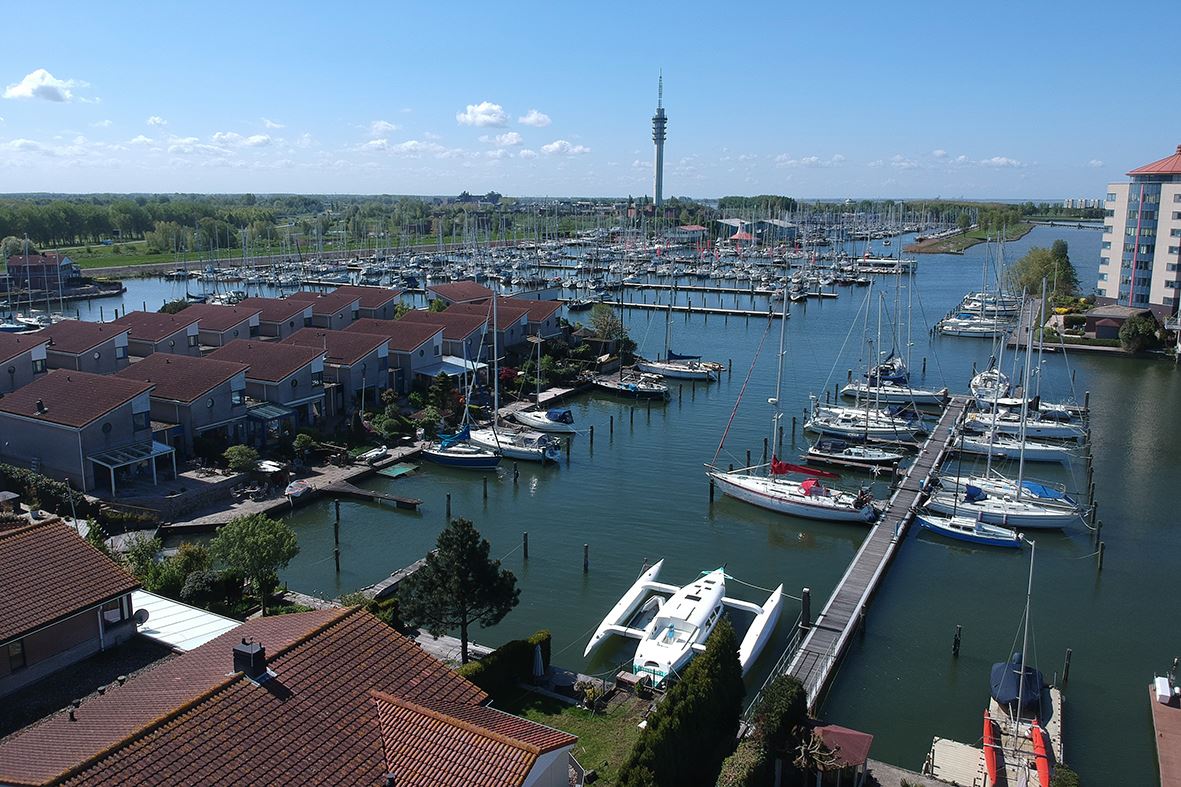Not much visible progress after the last infusion
That doesn’t mean nothing has happened. I’ve punished my brains about the steering system. The choice for a wheel has been made. The distance between wheel and rudder is almost 3m and the waterballast tank is in between. I made a mock-up for a rack & pinion system to see if I can make an optimum use of Jefa’s wide angle geometry. This smart geometry results in a very direct steering amidships (where the loads are low) and a more indirect and powerful steering at full rudder (where the loads are maximal). But because of the lack on space behind the stern I couldn’t get the geometry right and for this reason the R&P system didn’t made it till the implementation stage.
A bit of a pity actually.
In my book the only alternative to the R&P system is a transmission system. So together with the very helpful guys of Jefa we sorted out a transmission system with as few as possible couplings.
But also with this system the room behind the stern and also in relation with the upcoming hull bottom and sides there is ample room for the reduction gear box with the consequence that the position of the torque tube doesn’t match with the height of the cabin bed. The torque tube is intended to go underneath the bed bottom.

The solution is to position the whole rudder 96 mm further forwards. This means that the wideness of the lower step in the stern has to change from 374 to 278 mm. Resulting in a 210 mm. extension of the reduction gearbox shaft and a recess in the stern for the placement of the reduction gear box as low as possible.
Below is the final design and ordered Jefa parts. The bevel reduction gearbox is housed in its own watertight compartment and separated from “outside” by a watertight roller bearing.


Another advantage of the transmission system is that the integration of the autopilot drive is very easy. For this reason the bevel box has an integrated connection shaft at the front.

Now this looks more like what I was looking, a nice compact setup with minimal couplings and an integrated autopilot drive unit.
To minimize the amount of couplings I wanted only one bevel box for the connection with the torque tube. However, in the drawing this bevel box is still flying about 350mm under the cockpit floor. This area is the domain of the engine and making a support construction to the sides of the engine room is not very attractive. In my opinion it is better to make an integrated composite construction that is connected with the cockpit floor and thinking about this I came to the conclusion that a longer steering pedestal, that extends under the cockpit floor, will create a sturdy support for the bevel box.
At the moment of writing this solution is on my design board and the whole steering pedestal will now be built in composite by myself.
First step now is to mount the bevel reduction gearbox in the stern. Some temporary wooden slats keep the base plate with the Jefa reduction gearbox level and square until the epoxy glue is cured.

52.536130
5.444909





 Posted by Fram
Posted by Fram 









